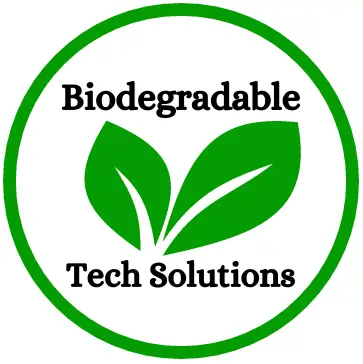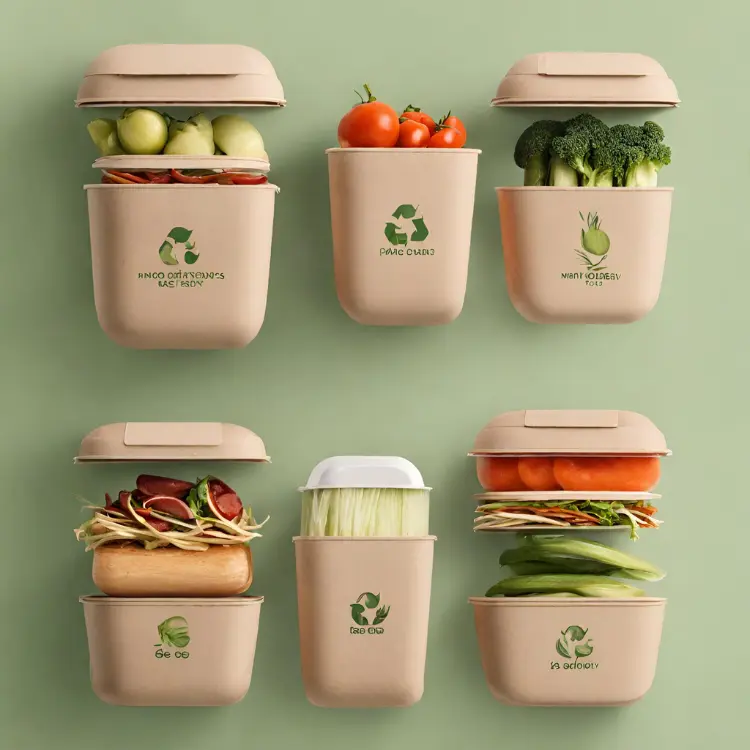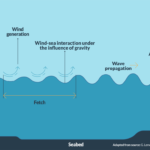Eco-friendly food containers are sustainable packaging solutions for food items. These containers aim to reduce environmental impact by being biodegradable or compostable.
Embracing eco-friendly food containers is crucial for reducing plastic waste and conserving natural resources. They typically come from materials like bamboo, sugarcane fibers, or plant-based plastics, which offer an alternative to traditional petroleum-based packaging. An increasing number of food service providers and consumers are shifting towards these green products, not only to minimize their carbon footprint but also to align with growing environmental legislation and consumer expectations.
By choosing eco-friendly food containers, businesses can showcase their commitment to sustainability while individuals contribute to a healthier planet. These containers help to tackle pollution and are often just as durable and functional as their non-eco-friendly counterparts.
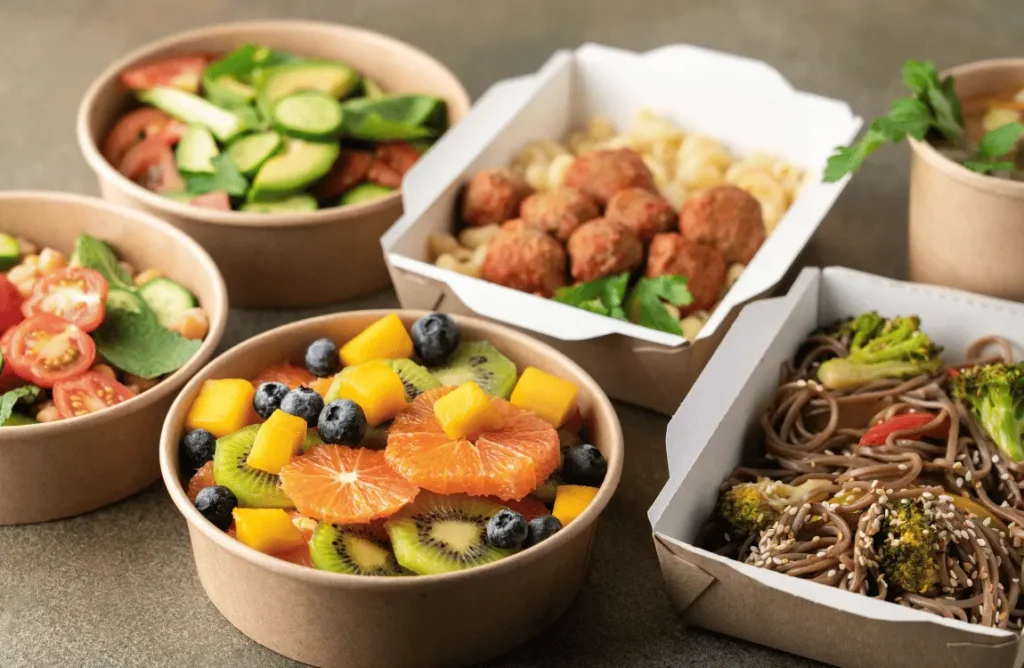
Introduction To Eco Friendly Food Containers
Talking about food containers, it’s time to focus on the planet. Eco-friendly food containers change the way we store our meals. These are containers good for Earth. They do not harm our environment. It’s a step towards a cleaner future.
Understanding Eco Friendly Food Containers
Eco-friendly food containers are made from materials that nature can handle. They break down over time. These include bamboo, glass, or cornstarch products. They replace plastic and Styrofoam.
- Biodegradable: They turn into soil after we use them.
- Compostable: You can turn them into compost for plants.
- Recyclable: They get a new life as another product.
The Importance Of Sustainable Packaging In Today’s World
Why matter? Sustainable packaging saves resources and energy. It reduces pollution. Think less plastic in oceans and more trees on land. It’s a win for Earth.
- Saves wildlife from plastic harm.
- Uses less energy to produce.
- Fewer greenhouse gases.
The Environmental Impact Of Conventional Food Containers
Normal containers like plastic cause problems. They don’t break down for hundreds of years. Wildlife can get hurt. Landfills get full. Oceans suffer from plastic waste.
| Material | Breakdown Time | Environmental Impact |
|---|---|---|
| Plastic | 450+ years | Negative |
| Styrofoam | Never fully | Very Negative |
| Paper | 2-6 weeks | Lesser |
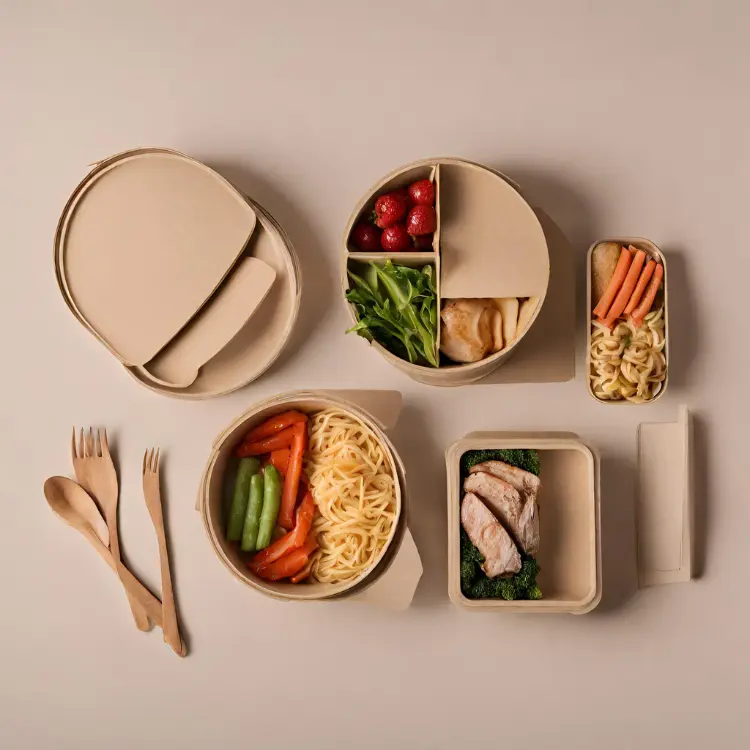
Types Of Eco Friendly Food Containers
Eco-friendly food containers are not just a trendy choice, they’re an essential step towards reducing environmental impact. From biodegradable materials to innovative plant-based plastics, these containers are revolutionizing how we store and transport food. Let’s dive into the different types available and their benefits.
Biodegradable Vs. Compostable Containers
Understanding the difference between biodegradable and compostable containers is crucial. Biodegradable containers break down over time, but not always in an eco-friendly way. On the other hand, compostable containers turn into nutrient-rich soil without leaving harmful residues.
- Biodegradable containers: Need specific conditions to break down
- Compostable containers: Require a composting environment to decompose
Edible Food Packaging Alternatives
Edible packaging is a delicious innovation. These containers serve two purposes: containing your food and being part of your meal. Made from natural ingredients, they reduce waste and add a fun twist to eating.
- Ingredients like seaweed, rice, and cornstarch are used
- Eating the packaging leaves zero waste behind
Plant-based Plastics And Their Benefits
Plant-based plastics, or bioplastics, are made from renewable resources like corn or sugarcane. These materials help reduce carbon footprint and often are completely biodegradable.
- Lower carbon emissions during production
- Reduced reliance on fossil fuels
- Often safe for commercial composting facilities
Recycled And Upcycled Container Options
Recycled options breathe new life into materials that have already served a purpose, while upcycled containers transform waste into higher-value products. Both options support a circular economy, minimizing waste.
| Recycled Containers | Upcycled Containers |
|---|---|
| Made from post-consumer materials like paper and plastic | Created from unconventional waste materials like denim |
| Reduce the need for virgin materials | Often handcrafted and unique |
Benefits And Challenges Of Green Food Containers
Imagine a world where your food is safe, and the environment is happier. That’s a reality with green food containers. Let’s dive into the benefits and challenges of making the switch.
Advantages Of Switching To Eco Friendly Containers
- Safe for the planet: They break down easily, leaving no harm.
- Reduces carbon footprint: They use less energy to make, which is great for Earth.
- Non-toxic: No harmful chemicals to worry about, keeping food and you safe.
- Endless options: Many shapes and sizes to fit every need, perfectly versatile.
Obstacles In Adoption And Consistent Use
Switching isn’t always easy. Challenges include higher costs and finding the right supplier. Yet, overcoming these is crucial for a better future.
| Challenge | Detail |
|---|---|
| Cost: | They are often more pricey than plastic. |
| Availability: | Not as widely available, so they’re harder to get. |
Life Cycle Analysis: From Production To Disposal
Eco-friendly containers have a journey. It starts with using sustainable materials and ends with easy disposal.
- Production: Made with natural materials that grow back fast.
- Use: Strong and safe for all sorts of foods and drinks.
- Disposal: They break down into harmless substances, returning to nature.
Implementing Eco Friendly Solutions At Home And In Business
Embracing eco-friendly solutions isn’t just a trend—it’s a lifestyle change that benefits our planet. Whether at home or steering a business, introducing sustainable food containers plays a pivotal role. These changes help cut down waste and reduce carbon footprints. Let’s dive into practical strategies for adopting greener practices around food storage.
Tips For Consumers To Choose Sustainable Food Storage
Choosing sustainable food storage options is simpler than you think. Look for these features when shopping:
- Material: Opt for glass, stainless steel, or biodegradable plant-based plastics.
- Reusability: Select containers that boast a long lifespan to limit single-use waste.
- Recyclability: Ensure the products you choose can be recycled to keep materials in circulation.
How Businesses Can Transition To Green Packaging
Businesses hold the key to a significant impact in the fight against waste. Here’s how they can switch to eco-friendly packaging:
- Conduct a packaging audit to understand current waste.
- Partner with eco-conscious suppliers who prioritize sustainability.
- Implement a take-back program to encourage recycling or reuse.
Case Studies: Success Stories Of Eco Friendly Containers In Use
Seeing successful examples can inspire action. Consider these case studies:
| Company | Solution | Outcome |
|---|---|---|
| Business A | Switched to compostable containers | Reduced landfill waste by 60% |
| Business B | Introduce a reusable containers program | Customer participation increased by 40% |
Emerging Trends And Innovations In Sustainable Food Packaging
In a world where sustainability shapes consumer choices, eco-friendly food containers have gained significant prominence. Innovative solutions are transforming how we store and transport our food. Let’s unwrap the sustainable trends and cutting-edge advancements in food packaging.
The Role Of Technology In Developing Sustainable Packaging
Advancements in materials science and design software have led to groundbreaking developments in packaging. These technologies allow the creation of containers with minimal environmental impact. Consider the following:
- Edible packaging – made from natural, often upcycled food materials.
- Smart packaging — integrates RFID tags for better recycling.
- Compostable bioplastics — plastics that break down harmlessly in the environment.
Government Policies And Their Impact On Packaging Choices
New government regulations are steering the market towards greener solutions. These policies encourage the adoption of sustainable practices. Key impacts include:
- Bans on single-use plastics — pushing for reusable or compostable alternatives.
- Incentives for recycling — to help reduce the overall environmental footprint.
Future Outlook: The Evolving Landscape Of Food Containers
As we look to the future, several trends mark the path forward for eco-friendly food containers:
| Trend | Details |
|---|---|
| Plant-based materials | Containers from bamboo, palm leaves, or other renewable sources. |
| Increased customization | 3D printing for made-to-order packaging solutions. |
| Zero-waste systems | Closed-loop models where containers are returned, cleaned, and reused. |
Conclusion And Call To Action
Embracing Eco-Friendly Food Containers is not just a choice but a responsible step towards a sustainable future. Let’s recap the benefits and explore the path forward, highlighting the crucial role everyone plays in this green revolution.
Summing Up The Benefits Of Eco Friendly Food Containers
- Reduces environmental impact: Minimizes pollution and conserves natural resources.
- Supports public health: Limits exposure to harmful chemicals.
- Encourages recycling: Promotes a circular economy with less waste.
The Way Forward For Consumers And Industry
Change begins with individual action. Consumers must choose sustainable options. Industries should innovate green products. Together, we can drive significant change. Choose wisely, and act now.
Encouraging A Shift To Sustainable Practices Globally
Global adoption of eco-friendly containers is essential. Educate peers, demand sustainable products, and support policies that favor eco-friendly solutions.
Start the change today. Choose eco-friendly containers. Gift our planet the care it deserves. Be the trendsetter in sustainability. Every small step counts.
Frequently Asked Questions For Eco Friendly Food Containers
What Are Eco Friendly Food Containers?
Eco-friendly food containers are storage solutions made from sustainable, biodegradable, or recyclable materials. They minimize environmental impact by reducing waste and plastic use.
Are Compostable Containers Better?
Yes, compostable containers break down into non-toxic organic matter, enhancing soil quality without leaving harmful residues, making them a better choice for the environment.
How To Choose Sustainable Food Packaging?
Choose packaging made from renewable resources like bamboo, paper, or cornstarch. Look for certifications and opt for containers that can be easily recycled or composted.
Benefits Of Using Biodegradable Food Containers?
Biodegradable food containers reduce landfill waste, lower carbon footprint, and are made from natural materials that decompose without harming the ecosystem.
Conclusion
Embracing eco-friendly food containers is more than a trend; it’s a responsibility. These sustainable choices help protect our environment, reducing waste and conserving resources. Join the green revolution and make a tangible difference—opt for eco-friendly containers on your next grocery run.
Your planet will thank you.
